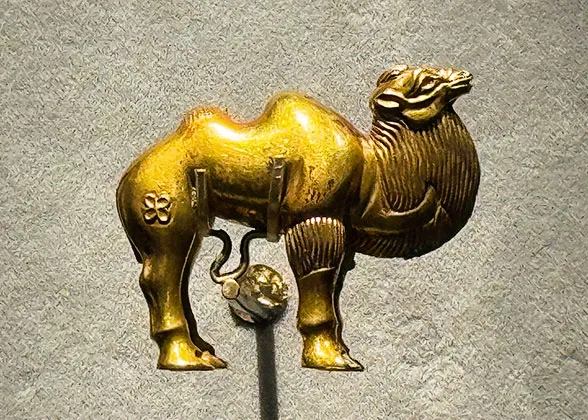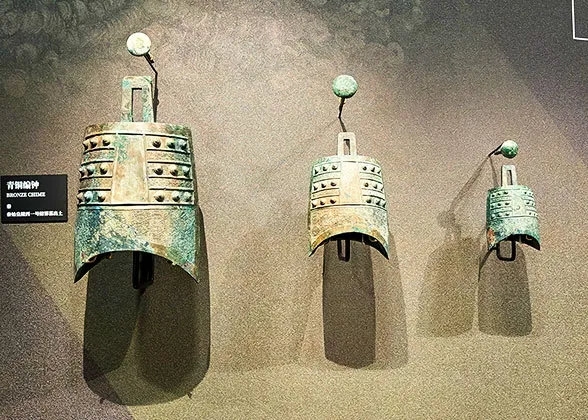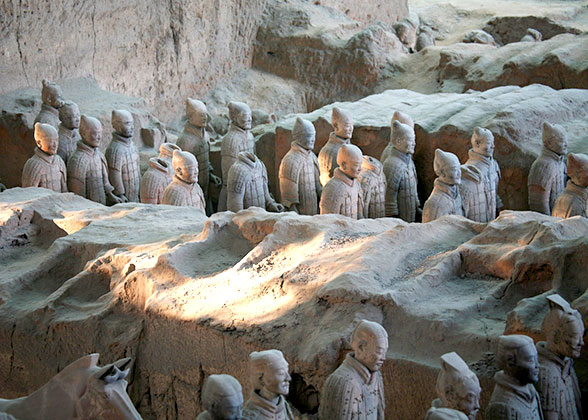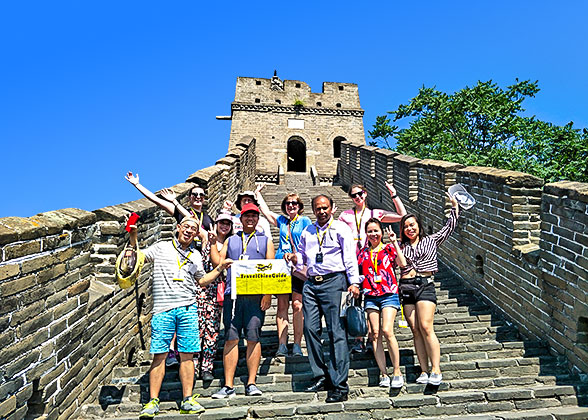Why are there few historical records about Terracotta Warriors?
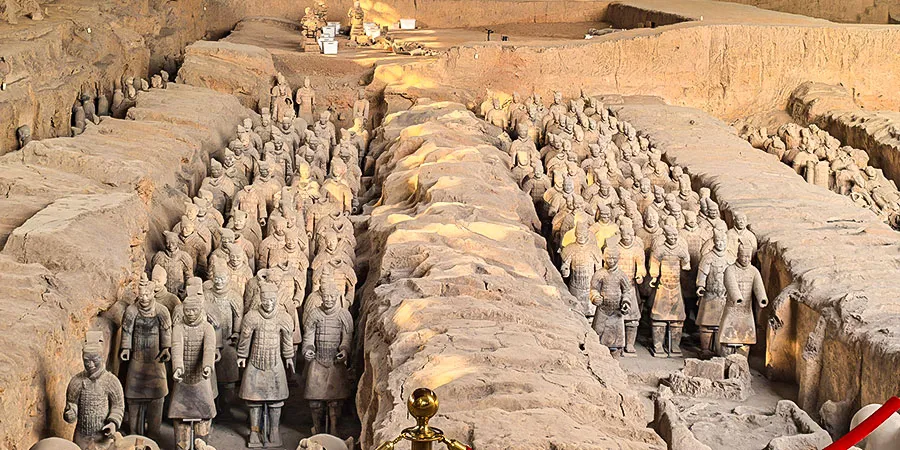 |
| Life-sized Terracotta Warriors in Pit 1 |
Reason 1. It's a Highly Confidential Imperial Project.
The construction of the mausoleum of Emperor Qin Shi Huang (259 BC - 210 BC), China's first emperor, was an imperial undertaking conducted under conditions of extreme secrecy. Limited historical records indicate that the underground palace was filled with treasures and equipped with sophisticated anti-theft mechanisms, reflecting Emperor Qin Shi Huang's paramount emphasis on confidentiality and security. It is believed that, to prevent leaks about the mausoleum's internal structure, particularly its traps and treasures, Qin Shi Huang's son ordered all the craftsmen involved in the core construction to be sealed inside the mausoleum passages, thereby eliminating potential witnesses. Furthermore, according to ancient Chinese tradition, details concerning imperial burials were often deliberately excluded from official documentation, as their revelation could invite tomb raiding. Therefore, it is likely that court historians of the Qin dynasty (221 - 207 BC) were explicitly forbidden from recording specifics about the terracotta warrior pits.
|
|
Reason 2. Historians Focused on Warfare Rather Than Mausoleum Construction.
The Qin Dynasty was relatively short, lasting only 15 years after unification. During that time, the social tensions were high, and the final years of this dynasty were marked by widespread rebellion. Even though the construction of the emperor's mausoleum was a massive task, the chaotic environment probably shifted the focus of historians and the public toward more urgent issues like wars and political instability. As a result, records concerning the terracotta warriors may have been limited from the beginning.
Reason 3. Historical Records Lost Due to Warfare.
Besides the workers involved in the core construction who were buried within the mausoleum passages to hide its secrets, most other laborers with knowledge of the mausoleum were drafted into the army and died on the battlefield. This would have eliminated a critical source of firsthand accounts and oral history related to the terracotta warriors project. Additionally, palaces were destroyed due to the widespread chaos and conflict at the end of the Qin Dynasty, resulting in the burning of many cultural relics and historical books. As a result, while the construction of the Terracotta Army was likely initially documented, those records were probably completely destroyed during the chaos of war.
Reason 4. Terracotta Warriors Were Not Deemed Extraordinary for Documentation at That Time.
During the Qin and Han dynasties, using terracotta figures as burial objects was common and not exclusive to Qin Shi Huang's mausoleum. Many imperial mausoleums from that period have yielded various numbers of such terracotta figures. Additionally, ancient historical records often mainly focused on major political, military, and economic events, highlighting extraordinary features. For instance, the use of mercury to simulate rivers and seas in Qin Shi Huang's mausoleum was recorded in historical texts. In this context, since terracotta warriors were considered a fairly typical type of burial object at the time, they might not have been seen as noteworthy enough for detailed records.
